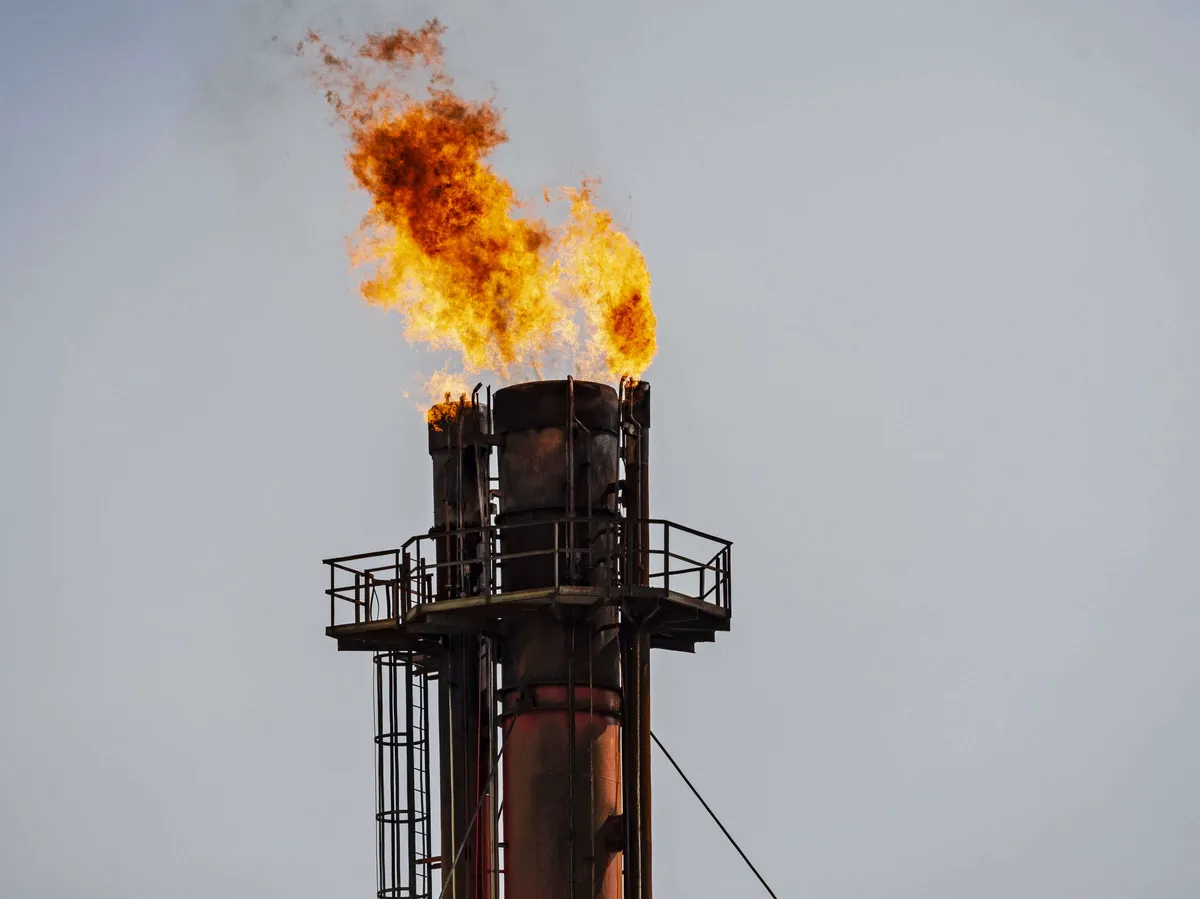Russia is suspected of burning excess natural gas with a power of hundreds of megawatts in safety flares, reports Maaseudun Tulevaisuus.
According to the newspaper, there have been numerous sightings of flames visible as far as Finland from the Russian side in Virolahti in Southeast Finland near the border.
One possible explanation for the flames, according to MT, is that the gas has to be burned because the pressure in the internal Russian transmission pipeline leading from Gryazovets to Säkkijärvi threatens to become too high when the country has cut its gas exports to Germany.
The fires started to appear in mid-June and have continued ever since, sometimes intensifying and sometimes completely stopping.
According to MT, the flames have been located at or near the upstream end of the Nord Stream gas pipeline at the construction site of the LNG plant that produces liquefied natural gas.
Clear observations
“From there, from the direction of Säkkijärvi, at the upstream end of the gas pipeline, the warping can be seen in our yard. The flames can be seen particularly well from the sea”, who lives in Hurpu, Virolahti, near the Finnish-Russian sea border Brother Tilli says in MT.
The Border Guard staff commented that nothing special has been observed on the Russian side.
According to Till, the gas is burned through one chimney, estimated to be 100 meters high.
“At its largest, the flame has been a third of the length of the pipe, i.e. 30 meters,” he estimates.
Petrochemical process safety expert Mikko Ketalan according to such a flame, natural gas burns as much as the consumption of one large power plant.
“If the flame is 30 meters long, then gas burns roughly with a power of 100 megawatts”, Ketala From Insteam Consulting Oy guesses in MT.
Usually, excess pressure in the gas pipeline is released through a safety valve. If enough gas still cannot be poured out, the excess gas may have to be burned in a safety flare, i.e. flaring.
